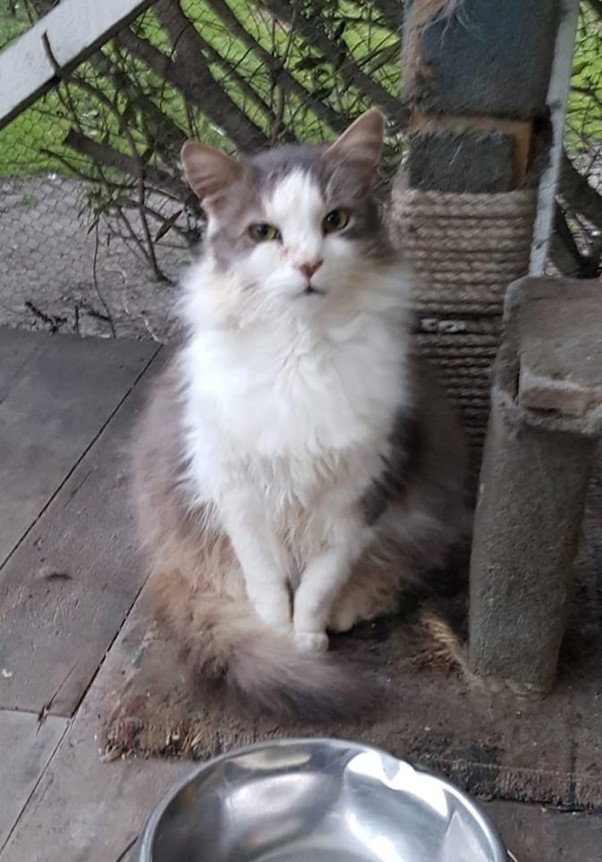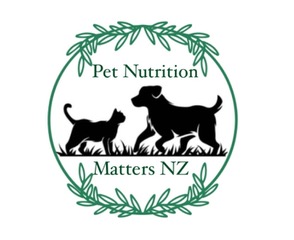What is Hyperthyroidism in Cats?
Hyperthyroidism is a multisystemic disorder resulting from excessive circulating concentrations of thyroxine (T4) and triiodothyronine (T3). Basically the thyroid goes into over production of thyroid hormones known as T3 and T4. It can also be referred to as thyrotoxicosis.
Since first being reported in the late 1970s, there has been a dramatic increase in the prevalence of hyperthyroidism in cats. It is now recognized worldwide as the most common feline endocrine disorder. It was relatively rear in cats before the 1970’s. Sadly, it is a frequent cause of morbidity in middle-aged cats.
Hypertension, or high blood pressure, is another potential complication of hyperthyroidism, and can cause additional damage to several organs, including the eyes, kidneys, heart, and brain.
How is it diagnosed and what are the symptoms to look for?
The most common clinical sign of hyperthyroidism is weight loss due to the increased metabolism despite an increased appetite. Affected cats are often restless and may become cranky or aggressive. They may have increased water consumption and urination. It is also common for hyperthyroid cats to exhibit increased vocalizing, particularly at night. Tinys meow would put a fog horn to shame! They may develop periodic vomiting or diarrhoea, and fur may appear unkempt. In some cats, anorexia develops as the disease progresses.
How is it diagnosed?
Your veterinarian will do a blood test and sometime also a urine test. They will be looking for specific elevations of T4 hormones. They will also do a physical exam of your cat where they will palpate the cat’s neck area to check for an enlarged thyroid gland. The cat’s heart rate and blood pressure may also be checked.
What causes hypothyroidism in cats?
The risk factors fall into two broad categories:
- Nutritional deficiencies or excesses in cat food, leading to metabolic thyroid dysfunction;
- Thyroid-disrupting compounds present in the environment, drinking water or diet that interfere with thyroid hormone control pathways and lead to thyroid gland pathology and dysfunction.
The feeding of commercially prepared cat foods is one leading candidate as a major risk factor for development of thyroid pathology and hyperthyroidism in cats.
What are the treatment options?
There are four treatment options for feline hyperthyroidism: medication, radioactive iodine therapy, surgery, and dietary therapy.
Anti-thyroid drugs act by reducing the production and release of thyroid hormone from the thyroid gland. These medications do not provide a cure for the disease, but they do allow either short-term or long-term control of hyperthyroidism. Some cats may experience side effects from medication, including vomiting, anorexia, fever, anemia, and lethargy. Lifelong treatment, usually involving twice-daily oral dosage, will be required, and for some owners and cats, this dosage schedule may be difficult to maintain.
The radioactivity therapy is done by a radioactive material injected directly into the blood stream. Veterinarians need a special license to handle radioactive material. Only a few vets have this license. This treatment option has precautionary protective measures that are required for people who come into close contact with the cat. A treated cat has to remain hospitalized until its radiation level has fallen to within acceptable limits. Usually this means that the cat will need to be hospitalized for between three and five days after treatment. Because of strict treatment guidelines, most facilities will not allow visitors during this quarantine period.
Removal of the thyroid glands, called surgical thyroidectomy. This surgery requires general anaesthesia, however, and there might be added risks if older cats have heart, kidney, or other problems that could cause complications. One major risk associated with surgical thyroidectomy is inadvertent damage to the parathyroid glands, which lie close to or within the thyroid gland and are crucial in maintaining stable blood calcium levels.
Diet therapy involves proving the body specific nutrients and macronutrients in amounts required for healing, without the use of any medication. Natural therapy treats the whole body, not just addresses the symptoms with medications.
Tiny’s diet was adjusted so that it provided what his whole body needed. 12 months later Tiny went back to the vet for his yearly health check-up. He was back to hunting rabbits, weight gain and muscle mass had improved. His coat was back to being glossy and well self-groomed. He was looking good and feeling great!
Blood tests were taken to check thyroid hormone levels. The vet did the test twice as she thought there was a mistake.
Tinys’ bloods were normal – the thyroid had repaired itself!! The vet commented she had never seen that before in a 19 year old cat. Welcome to the world of natural healing. Food is medicine!
If you would like me to help your animal, get in touch. Nothing brings me more joy than seeing a beloved pet in full health, thriving instead of just surviving!


